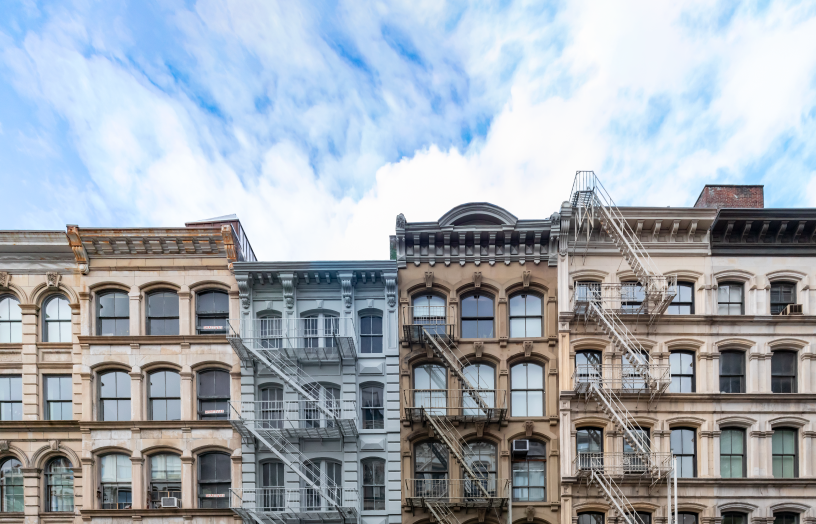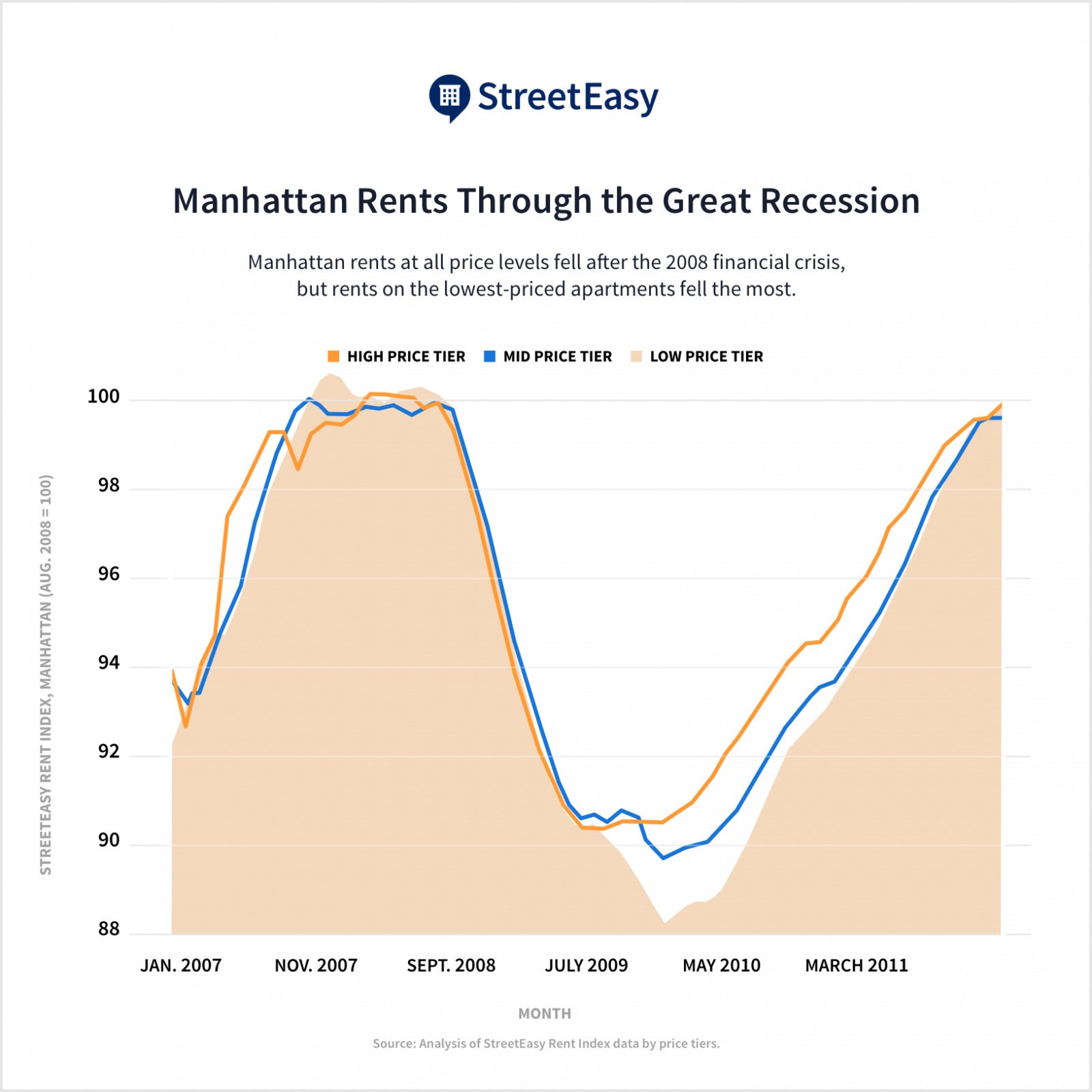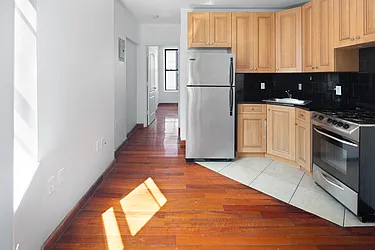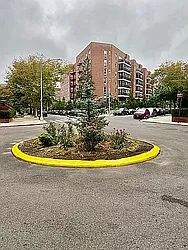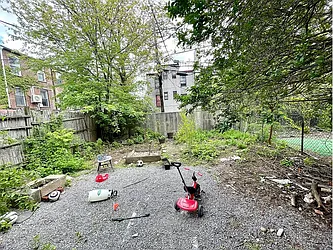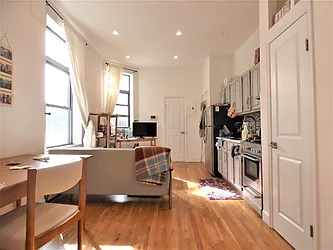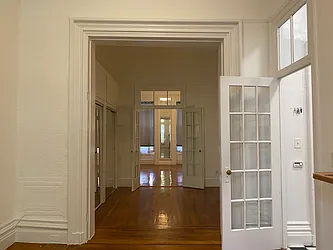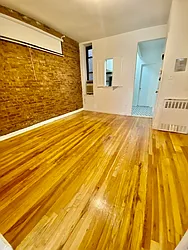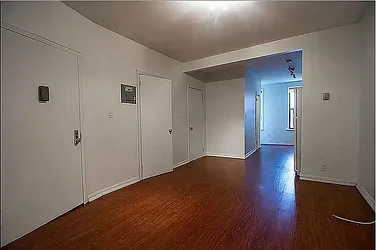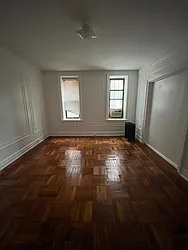COVID-19 + NYC Real Estate
What happens to NYC rents during a recession? We looked at data from the 2008 financial crisis to find out.
Key Findings:
- While it’s too early to predict how COVID-19 will impact the NYC rental market, understanding what happened to NYC rents in the last recession can be helpful.
- Manhattan rents fell nearly 10% during the Great Recession, and rents for the least-expensive apartments in the borough fell the most, by as much as 11%, due to rising unemployment and high vacancy rates.
- However, NYC has dramatically changed since then, with a strong economy driving tremendous growth in jobs and rents. Before the coronavirus pandemic, rents across New York City were at record highs.
- The outer boroughs could be impacted more in 2020. The economic fallout from the coronavirus has made a significant impact on employment and industries in the outer boroughs, which could cause larger rent drops there compared to Manhattan.
- Rents have not changed since the coronavirus struck NYC, but fewer rentals are hitting the market. There was a 57% decline in new rental listings between March 16 and March 27 compared to a year prior.
~
Before the coronavirus pandemic arrived, rents across New York City were hitting record highs. The last time rents fell across the city was in 2008, during the Great Recession. Given that two-thirds of New Yorkers rent their homes rather than own them, many are wondering what effect the current economic disruption could have on the cost of living for New York renters.
With so many variables at play — including how the virus may spread, and policy and economic reactions to it — we can’t make firm predictions yet. Moreover, any comparison between the current situation and the Great Recession can’t be direct because the causes of each are different. In 2008, a crisis in the housing sector led to the collapse of financial institutions and a plummeting stock market. Today, the economic downturn is caused by a global pandemic.
Yet with economic headwinds building, it may be helpful to recall what happened last time. To estimate the impact a lasting recession could have on the current NYC rentals market, StreetEasy created three different rent indices. Each of these represents the high-, low-, and middle-priced thirds of the market. All illustrate how rents at all levels changed after the last recession.
From 2008-09, Manhattan Rents Fell Nearly 10 Percent
In September 2008, the Lehman Brothers investment bank collapsed, setting off a financial crisis. Unemployment in New York, especially Manhattan, accelerated. Starting that month, rents in Manhattan dropped 9.4% over the following year.
One might expect the highest-priced tier rentals to have fallen the most, as their former tenants grew more conservative with their spending. But in fact, the lowest-priced rentals in Manhattan saw the biggest drop in prices.
By March 2010, 18 months past September 2008, Manhattan rents in the lowest third of prices had fallen 11% year over year. Middle-tier rents fell 10%, and top-tier rents dropped 9%.
Job Losses and Vacancy Rates drove rent Declines
Driving Manhattan rental prices to fall the most, particularly those in the lowest price tier was rising unemployment and high vacancy rates. When the financial crisis hit, Manhattan’s jobs sector was dramatically impacted. New York City’s finance and insurance sector lost 31,900 jobs between 2008 and 2010, a decrease of 9.3%.
Compounding the already-high unemployment and vacancy rates, the Great Recession pushed even more budget-conscious residents to flee to other boroughs in search of affordability. Meanwhile, Manhattan landlords scrambled to give discounts and concessions. Manhattan was not only where rents fell the most, but also where landlords gave the most concessions and discounts.
Smaller Declines Outside Manhattan
Overall, rents fell most in Manhattan, less in Brooklyn, and remained relatively stable in Queens. Rents in Brooklyn dropped 4.9% between August 2008 and 2009, almost half the rate at which Manhattan rents fell. Rentals in Brooklyn’s low-price tier fell the least in the same period.
Typically in a recession, the sales market cools, while the rental market picks up, as would-be buyers stay in rentals and previous homeowners turn to them. During the Great Recession, however, both the sales and rentals markets slowed in New York City as people were laid off, new jobs weren’t created, and people moved out of the city. This resulted in fewer renters and high vacancy rates. NYC lost 49,100 private-sector jobs from December 2007 to December 2008, which sent the unemployment rate from 5.1% to 7.4%. The rentals market did not strengthen until the economy, led by the job market, turned around.
Outer Boroughs Could Face Biggest Impact in 2020
Rents in New York City haven’t made any significant movements since the coronavirus pandemic began, and it’s too soon to make any concrete predictions. However, should the city head into a post-pandemic recession, there may be larger rent drops in the outer boroughs compared to Manhattan.
According to a report by the Center for an Urban Future, the coronavirus pandemic may cause deeper losses in the outer boroughs than in previous recessions. During the 2008-09 recession, Manhattan’s finance and insurance sectors saw the biggest increases in unemployment. Today, the outer boroughs have the highest concentration of vulnerable industries, such as restaurants, retail, childcare, and personal services.
Jobs in these industries have also grown the fastest in the outer boroughs, and as a result, may be slower to recover from unemployment. In contrast, Manhattan is home to nearly 83 percent of all office jobs in the city as of 2019, and these jobs have not yet experienced significant losses.
NYC Rents During a Recession: Shifts in the Market
Right now, the only notable changes in the rentals market are contractions in both demand and supply. Fewer renters are looking for an apartment, and fewer rentals are hitting the market.
The two weeks from March 16 to March 27 saw a 54 percent decline in new rental listings from the previous two weeks and a 57 percent drop from the same period in 2019.
NYC 1-2BR Rentals Under $2800 on StreetEasy Article continues below
It is unclear how much of this decline in activity so far is due to social distancing measures — which were not a factor in 2008 — or due to people moving out of the city from unemployment, which occurred during the Great Recession as well. It’s also uncertain whether the rental market will return to normal levels once social distancing measures have been lifted.
Either way, the impact on employment and income loss will likely be large: 1,405,000 people, or 34 percent of the city’s wage earners, may be at risk of income loss from COVID-19. Restaurants and bars in the city employ about 320,000 people, and at least 67,650 were laid off or furloughed in the week after these businesses were ordered closed. Only time will tell if this impact will ultimately translate to fewer renters, higher vacancy rates, and a corresponding decline in rents.
NYC Has Changed Dramatically Since the Great Recession
The Great Recession and the coronavirus pandemic are the only events in recent history where New York City faced a slowdown in economic activity and a rise in unemployment. And between those two periods, New York City changed drastically, with a strong economy driving tremendous growth in jobs and rents.
Until February 2020, New York City had experienced the longest and largest job expansion since the end of World War II. Between 2009 and 2019, jobs in New York City grew 24.3 percent, outpacing the national growth of 15.3 percent.
The creation of jobs is an essential factor for the strength of the rentals market. In a strong economy, many people move to the city for work, and the rentals market sees a lot of demand. In a weaker economy with higher unemployment, renters move out of the city, resulting in higher vacancy rates, which can lead to lower rents.
Ultimate Impact of COVID-19 Depends on Many Factors
The ultimate impact of coronavirus on employment depends on several factors, including how long stay-at-home policies last, and how effectively the $2 trillion CARES Act provides economic relief. If the virus has little impact on job levels once business resumes, rents may not be affected. Conversely, sustained job losses, and slow job growth could move rents down as they did during the Great Recession. We simply don’t know yet.
StreetEasy is keeping an eye on the data as the coronavirus situation continues to develop. During typical seasonal dips, landlords and renters can anticipate that the market will improve in a few months. With COVID-19, as with the Great Recession, no one knows when the economic downturn may end.
Last time, landlords rushed to offer deals. This time, there are already early signs of change in the rising share of rental discounts and concessions. Renters whose leases are expiring soon should plan to negotiate. The rest of us will have to wait and see.
How We Did It
The StreetEasy Rent Indices are monthly indices that track changes in rent for all housing types, and are currently available for Manhattan, Brooklyn, and Queens. Each index uses a repeat-sales method. The repeat method evaluates rental price growth based on homes in a given geography that have listed for rent more than once. More details on methodology here.
The custom rent index is indexed to August 2008=100. For example, a drop to 90 in 2009 means a 10% drop in rents since August 2008. The indices are split into the top, middle, and bottom tiers based on the asking rents of each percentile each year.
—
Whether you’re looking to rent or to buy, search NYC apartments on StreetEasy.

